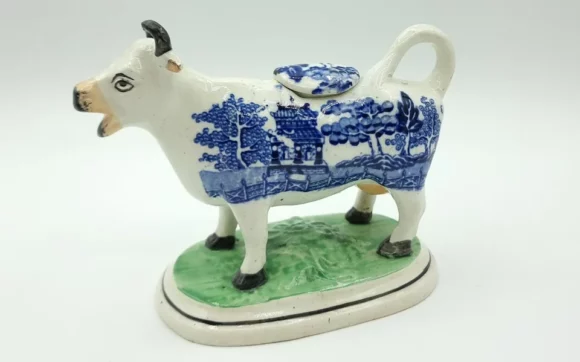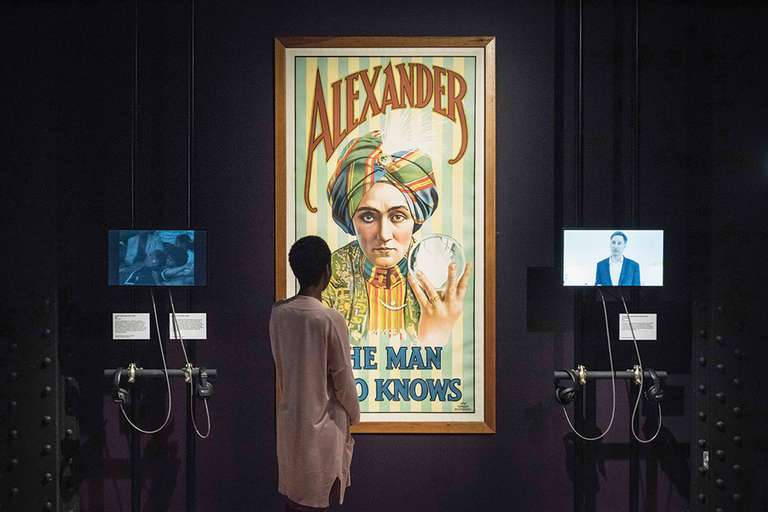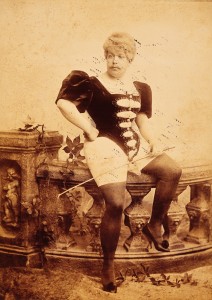Visiting Milk at London’s Wellcome Collection. For the Telegraph, 29 March 2023
So — have you ever drunk a mother’s milk? As an adult, I mean. Maybe you’re a body-builder, following an alternative health fad; maybe you’re a fetishist; or you happened to stumble into the “milk bar” operated now and again by performance artist Jess Dobkin, whose specially commissioned installation For What It’s Worth — an “unruly archive” of milk as product, labour and value —
brings the latest exhibition at London’s Wellcome Collection to a triumphant, chaotic and decidedly bling climax.
Why is breast milk such a source of anxiety, disgust, fascination and even horror? (In Sarah Pucill’s 1995 video Backcomb, on show here, masses of dark, animated hair slither across a white tablecloth, upturning containers of milk, cream and butter.)
Curators Marianne Templeton and Honor Beddard reckon our unease has largely to do with the way we have learned to associate milk almost entirely with cow’s milk, which we now consume on an industrial scale. It’s no accident that, as you enter their show, an obligatory Instagram moment is provided by Julia Bornefeld’s enormous hanging sculpture, suggestive at once of a cow’s udders and a human breast.
Milk is also about Whiteness. In “Butter. Vital for Growth and Health”, an otherwise unexceptionable pamphlet from the National Dairy Council in Chicago (one of the hundred or so objects rubbing shoulders here with artworks and new commissions), there’s a rather rather peculiar foreword by Herbert Hoover, the man who was to become the 31st U.S. President. “The white race,” Hoover writes, “cannot survive without dairy products.”
Say what?
Hoover (if you didn’t know) was put in charge of the American Relief Administration after the first World War, and saw to the food supply for roughly 300 million people in 21 countries in Europe and the Middle East. Even after government funding dried up, the ARA still managed to feed 25 to 35 million people during Russia’s famine of 1921-22 — which remains the largest famine relief operation in world history.
So when Hoover, who knows a lot about famine, says dairy is essential to the white race, he’s not being malign or sectarian; he believes this to be literally true — and this exhibition goes a very long way to explaining why.
Large portions of the world’s population react to milk the way my cat does, and for the same reason — they can’t digest the lactose. This hardly makes dairy a “White” food unless, like Hoover, your terms of reference were set by eugenics; or perhaps because, like some neo-Nazis in contemporary USA, you see your race in terminal decline, and whole milk as the only honest energy drink available in your 7-11. (Hewillnotdivide.us, Luke Turner’s 2017 video of drunk, out-of-condition MAGA fascists, chugging the white stuff and ranting on about purity, is the least assuming of this show’s artistic offerings, but easily the most compelling.)
Milk also asks how dairy became both an essential superfood and arguably the biggest source of hygiene anxiety in the western diet. Through industry promotional videos, health service leaflets, meal plans and a dizzying assortment of other ephemera, Milk explains how the choice to distribute milk at scale to a largely urban population led to the growth of an extraordinary industry, necessarily obsessed with disinfection and ineluctably driven toward narrow norms and centralised distribution; an industry that once had us convinced that milk is not just good for people, but is in fact essential (and hard cheese (sorry) to the hordes who can’t digest it).
The current kerfuffle around dairy and its vegan alternatives generates far more heat than light. If one show could pour oil on these troubled waters (which I doubt), it isn’t this one. No one will walk out of this show feeling comfortable. But they will have been royally entertained.



